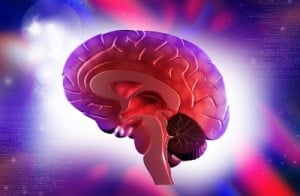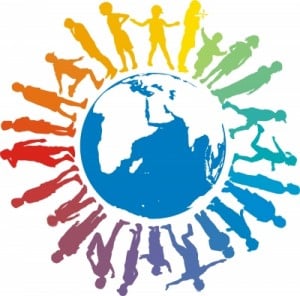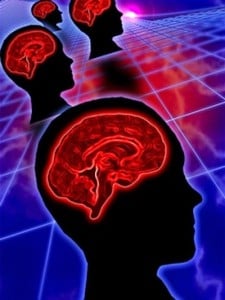 A stroke constitutes a medical emergency, and without immediate treatment may cause brain damage and even death. In fact, stroke is the second highest cause of death worldwide, claiming 4.4 million lives each year. In the US, more than 700,000 people are affected by strokes, and about 500,000 are first time attacks while the other 200,000 are recurrent. Additionally, stroke is the leading cause of adult disability causing many symptoms that disrupt daily life.
A stroke constitutes a medical emergency, and without immediate treatment may cause brain damage and even death. In fact, stroke is the second highest cause of death worldwide, claiming 4.4 million lives each year. In the US, more than 700,000 people are affected by strokes, and about 500,000 are first time attacks while the other 200,000 are recurrent. Additionally, stroke is the leading cause of adult disability causing many symptoms that disrupt daily life.
Both lifestyle and medical factors are responsible for a person having a stroke. Being overweight, living an inactive lifestyle, engaging in excessive alcohol and/or cigarette consumption, and/or using illicit drugs, such as methamphetamine and cocaine, can potentially incite a stroke. Having high blood pressure, high cholesterol, obstructive sleep apnea, diabetes, or any type of cardiovascular disease increases the likelihood of experiencing a stroke. A family history of stroke or heart attack puts a person at higher risk as well. Typically, men over the age of 55 are at the highest risk for a stroke. However, women typically fall victim to strokes at a later age, but are more likely to die from a stroke than men.
Would you be able to recognize if someone was having a stroke?
Review these symptoms regarding areas of the body that indicate a person may be having a stroke.
If any of the following questions are answered with a no, seek medical attention immediately:
Face- Numbness or paralysis in one side of the face, causing one side to droop.Can the person smile normally?
Eyes- Blurred vision or darkened vision in one or both eyes. Can the person see normally?
Legs and Arms- Numbness, weakness, or paralysis of the limbs, particularly on one side of the body. Can the person lift both arms above their head with ease?
Speech and Communication- Having trouble speaking without slurring. Having trouble understanding others. Is the person speaking clearly? Is the person having trouble comprehending what is being said to them?
If the following questions are answered with a yes, seek medical attention immediately:
Headache- A sudden and very severe headache often accompanied by dizziness, vomiting, or loss of consciousness. Does the person have a headache? Is the person feeling dizzy? Is the person feeling nauseous or have they been vomiting?
Uneasy gait/trouble walking- Stumbling, loss of balance and coordination. Is the person having difficulties walking normally?
Dr. Ross has successfully treated other types of stroke using neurotherapy. These include perinatal stroke, including those resulting in cerebral palsy and pediatric stroke. If you are suffering from symptoms of a prior stroke, schedule a free consultation with Dr. Ross!
Image courtesy of stockimages at FreeDigitalPhotos.net







